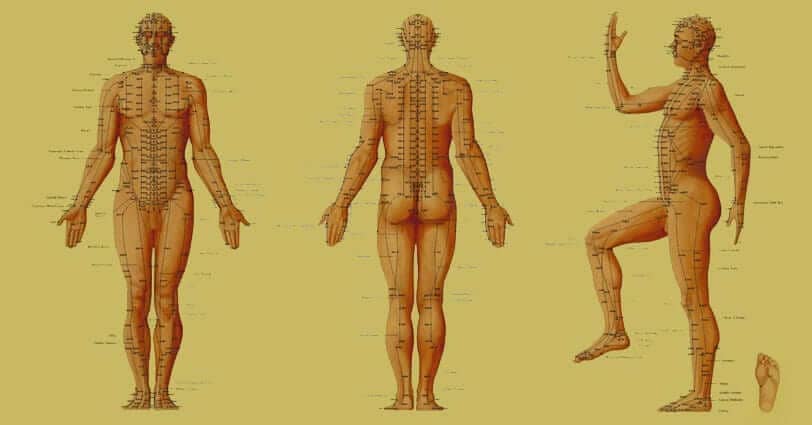NYDNRehab Now Offers Acupuncture Services to Treat Orthopedic Disorders
Posted on March 24th, 2015 by NYDNRehab

Acupuncture is a method that uses insertion of thin needles to specific acupuncture points along the skin of a body. Applying heat or electrical stimulation to these points and using cupping, bodywork and herbal supplements raises the nervous activity and influence the body’s internal regulating systems, enhancing the therapeutic effect. Acupuncture is mainly used to treat medical conditions as well as promote health and overall wellbeing. There are nearly 2000 acupuncture points on a human body. These points are connected by 20 meridians that connect the internal organs, sense organs and different tissues.
Acupuncture is an accumulation of nearly 2500 years of medical knowledge and practice. It is used worldwide and acknowledged by the World Health Organization. In a 2002 report WHO recognizes the positive effects of acupuncture and provides a broad range of suitable for acupuncture treatment medical conditions. It is considered to be particularly effective in treating orthopedic disorders such as neurological and muscular pain. Acupuncture not only relieves pain, but also stimulates the body’s natural healing potential and often benefits general physical and emotional wellbeing.
Needles used for acupuncture are very different from the typical medical needle. They are almost hair thin and do not puncture deeper than the skin level. Most patients feel very little to no pain during the insertion of the needle. Once the needle is in place it is merely noticeable and does not bring any discomfort.
At NYDNRehab our licensed physicians and practitioners will assist you with any questions or concerns regarding the procedure. Acupuncture is a much of an art as it is medicine. Acupuncturists in our clinic will evaluate your specific condition and depending on the symptom choose the best method or combination of methods for the most effective treatment.























































